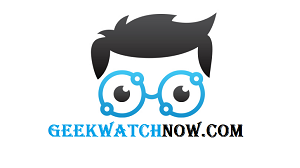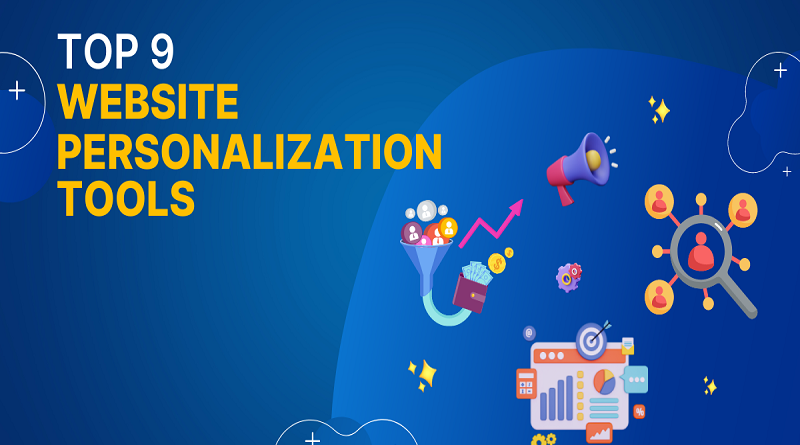Mastering Website Personalization: Top Tips For Selecting The Right Tool
Website customization is another tactical approach to catching the attention of the target audience in the current world of stiff competition through website development. Choosing the right website personalization tools allows for delivering different experiences to the users based on their unique characteristics or circumstances as well as showing how relevant and engaging your site is. Here are ten must-know tips on the criteria for choosing the right website personalization tool or software to add to your marketing mix.
1. Establish Your Personalization Objectives
There is one clear rule that must be observed before deciding on the use of website personalization: setting objectives. This way it will be possible to select the tool that meets the stated goals and objectives whether the goal is of increasing engagement, enhancing the conversion rates or creating the right personal appeal. For instance, if the primary goal is the sales increasing, then, there should be a focus on the tools with the best product recommendations and dynamic content. This tool should also allow editing and personalization to ensure the goals laid down are accomplished optimally.
2. Assess Integrity Ease
A good personalization tool must integrate seamlessly with the other tools that you are using, such as the CMS, CRM and marketing automation. This integration makes sure that data passes across platforms with ease while mapping the messaging so that users’ experience flow across platforms is similar. That’s why extensibility to your current systems is crucial to minimize implementation time and prevent overcomplications of the overall concept.
3. Know Your Target Audiences
Audience knowledge is the foundation of any form of personalization. Select a tool that offers the technical facilities for targeting and segmenting the users with the options of categorization according to demography, activity and past actions. For instance, it means your individualized content touches on the correct sections of your audience hence better reaction rates among target fragments. Being able to deliver specific messages to users who require them is a major way through which your advertising campaigns can be boosted.
4. Look for Real-Time Data Processing and Context Matching
It is crucial to process the information in real-time, so that content can be targeted accordingly. The most effective tools here should be able to provide real-time metrics on user behaviour and choices so that one can adjust the approach used promptly relying on the most contemporary information. This way the content is fresh and is part of the user’s interaction, hence increasing its effectiveness. Real-time processing also assists in matching the journey of the user on the fly to improve the effectiveness of your personalization efforts.
5. Assess User Experience and Interface
One of the main recommendations for effective usage of personalization tools is its user-oriented interface. This means going for systems that are easy to use, in terms of layout and design of the interface, and with set-up protocols that are easy to follow and completion of. Those that do not involve coding are especially worthwhile; all the members of a marketing team with little coding experience can handle the specific personalization initiatives. This ease of use means your team does not spend much time on the tool to be able to generate the kind of personalized experiences that will make your clients happy.
6. Evaluate A/B Testing and Optimization Features
As with ordinary testing, the amount of control in A/B testing is the key to honing the personalization. Select a tool that has the capability of A/B testing and optimization so that you may try out different treatments and get to assess the level of their efficiency. A/B testing lets you test the effectiveness of different versions of the personalised content you created. A way of making decisions is enabled by measuring the effects of these tests, thus, enhancing the effectiveness of personalization in the long run.
7. Check for Multi-Channel Support
Consumers engage brands over multiple touch points hence multi-channel support is crucial. Choose a specific technology of personalization that will work on websites, mobile applications, and social networks to avoid confusion. This capability can enable the proper interpersonalization of content at all levels of the application so that the kind of messaging used is correctly synchronized with user interactions irrespective of where they may take place, thus providing a unified experience.
8. Prioritize Data Security and Compliance
The protection of data is very important, especially in situations where the data is user information. Make sure the used tool complies with the standards applied to data security, like GDPR and CCPA. Safe data features include encryption, storage, as well as compliance certifications for enhancing the safety of the data. First, security truly establishes the foundation for the trust that allows you in the second stage to personalize without legal consequences or compromising your audience.
9. Finally Look at the Scaling Capability, Adaptability and Customization.
Business needs change as the business expands meaning that the personalization needs of your business will also change. Choose a tool that will have to be integrated into more and more complex data and strategies in the future. A scalable tool will, therefore, be in a position to expand the proffered personalization efforts without crossing to another tool. The general skill to personalize is a great advantage that allows you to keep your approach constant while it organically adjusts to your adaptation and your objectives.
10. Customer Support, Resources and Measuring the Impact
High-quality customer care is well-known to be important to capture the most advantage from your individualization device. First, they need to consider carefully such essential characteristics as free, multichannel and available round-the-clock support, including live chat, e-mail and telephone support. Getting access to tutorials, webinars or documentation is also possible to understand all the capacities of the tool and work out the problem in the shortest possible time. Also, opt for an instrument that facilitates assessing the results of your personalization to improve the approach step by step given that one should take into consideration getting engaged and conversion rates.
To achieve the right goals of website personalization and escalate audience interaction and conversion, it is crucial to select the appropriate website personalization software. The parameters may include objectives, feasibility of integration, features that may include real-time data, segmentation of the audience, and multi-channel support among others. The main criteria for that are the tool’s usability, future-proof design, robust data security features, and fast customer assistance. Using the right tool or set of tools will result in improved targeted user experience and this will make your brand excel in the market space.

